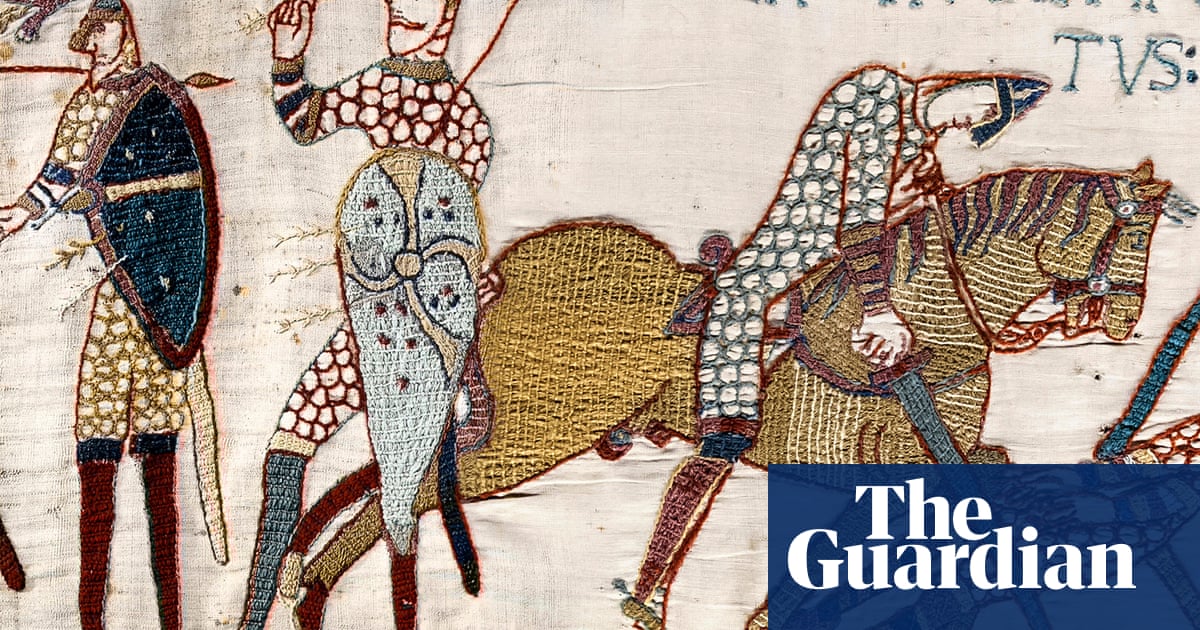
"The Bayeux tapestry, a 70-metre long Romanesque wonder, portrays the Battle of Hastings, depicting both the glory of warfare and its brutal carnage."
"The tapestry features the first mention of Angli et Franci, illustrating a historical cultural link between the English and French amidst battle."
"One unique aspect of the Bayeux tapestry is its creation by women, believed to be Anglo-Saxon noblewomen, providing a distinct perspective on warfare."
"Set to display at the British Museum in 2026, the tapestry is recognized not only as art but as a document of history and identity."
The Bayeux tapestry, embroidered with the Latin phrase 'Angli et Franci,' marks a historical reference to the English and French. It depicts the Battle of Hastings, showcasing not just war but the intense emotions involved in conflict. This monumental work will be displayed at the British Museum in 2026, alongside treasures from Sutton Hoo and the Lewis chessmen, highlighting its cultural significance. Created likely by Anglo-Saxon noblewomen, the tapestry provides a unique perspective on the brutality and glory of warfare, making it an enduring masterpiece of narrative art.
Read at www.theguardian.com
Unable to calculate read time
Collection
[
|
...
]